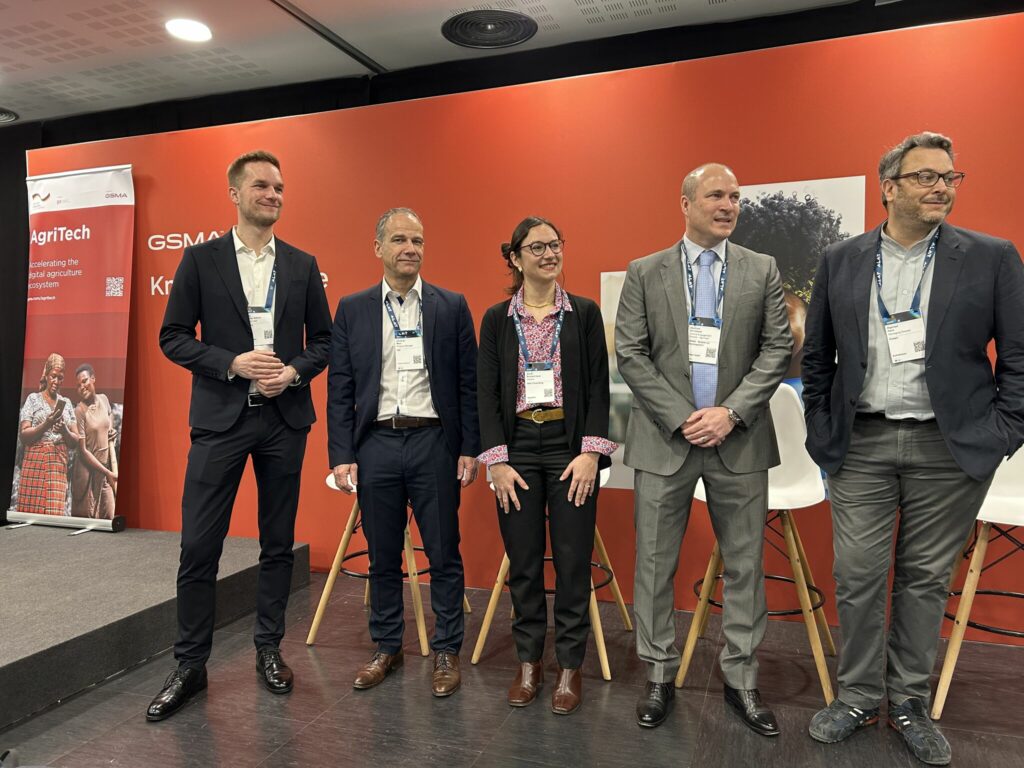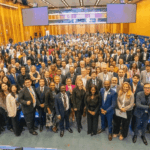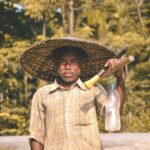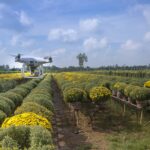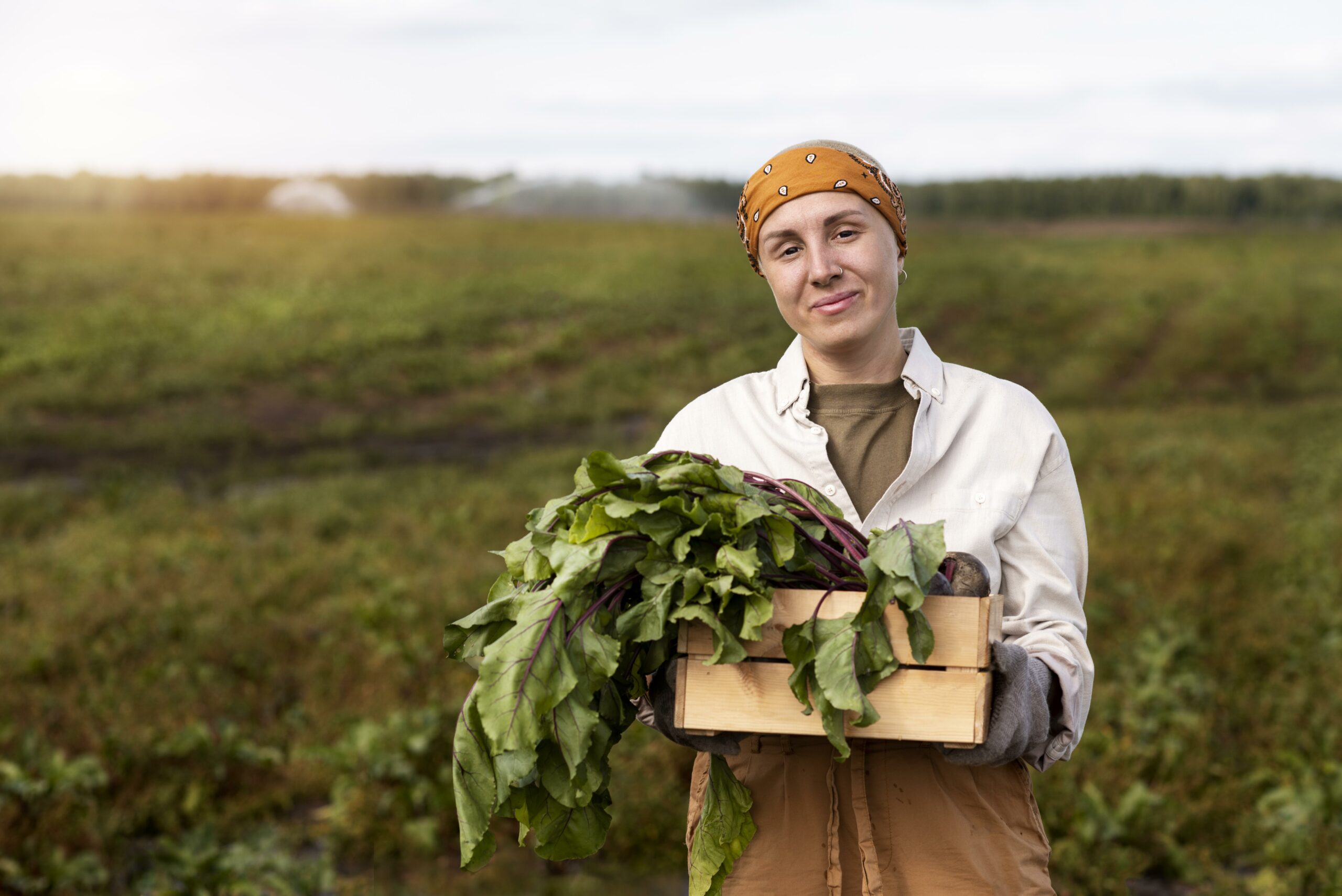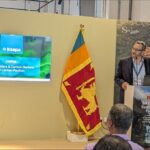Ksapa was honored to participate in the Mobile World Congress 2025 in Barcelona, the world’s premier telecom & IT mobility event. Invited by GSMA Mobile for Development to share expertise on connecting underserved rural communities, this panel highlighted key crucial approaches for effective digital inclusion targetting small-scale farmers. Keynote speaker was Christian Merz, Program Manager at GIZ, and guest speakers of the panel moderated by Matthew Strickland, Market Engagement Director at GSMA / Mobile For Development, were Alizée Boutard, Director at Altai Consulting, Johan Van der Schaaf, Project Manager at Bopinc and Raphaël Hara, Managing Director at Ksapa.
Digitalization Agriculture in Developing Countries is challenging
Digitizing agriculture services offers a significant opportunity to enhance smallholder farmers’ access to essential tools that boost productivity and improve livelihoods. However, this potential remains largely untapped, with only around 10% of smallholder farmers in the Global South currently using digital agriculture services. Key challenges faced by providers of such services include finding the right product-market fit and optimising user experience, particularly in the context of limited digital literacy (and sometimes literacy itself), low access to network connectivity and equipment affordability among smallholders and more generally rural communities. When digital agriculture services are developed in isolation from the farmers they’re intended to serve, instead of being the product of collaborative, on-the-ground engagement, they struggle to take off. To unlock the full potential of digital agriculture and ensure meaningful impact, there is an increasing need to better understand the needs and behaviours of target users, which is essential for designing inclusive services for all farmers.
Keys for Successfull inclusion of smallholders in Digital
Our session at MWC2025, moderated by Matthew Strickland (GSMA / Mobile For Development) has
- drawn upon examples from GSMA AgriTech’s ten years’ experience in helping digital agriculture providers integrate UX research and product design methodologies into their workflows to enhance services based on user needs.
- exposed the gaps between agritech companies’ understanding of farmer needs and the real needs directly expressed by the farmers.
- examineed the critical role of Monitoring & Evaluation (M&E) to track usage trends and behaviours, aiding in the scaling and impact of digital solutions for smallholder farmers and value chain actors
- and highlighted key crucial approaches for effective digital inclusion.
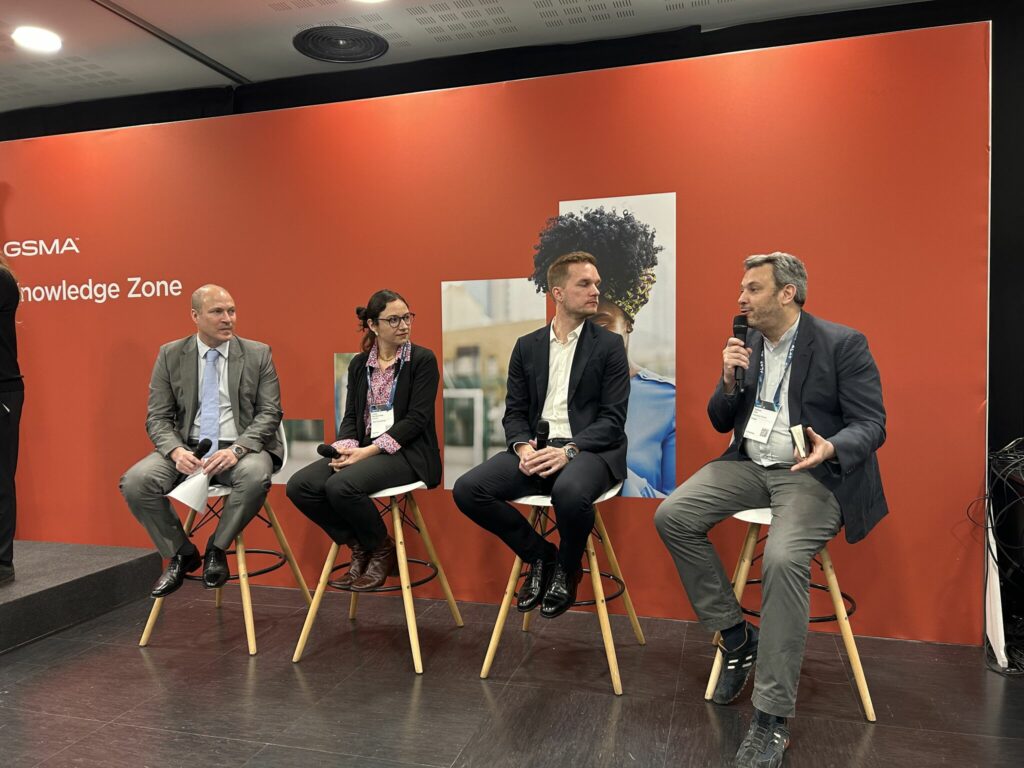
Challenges unravelled
Raphaël Hara described some of the challenges that Ksapa had to unravel in the context of its SUTTI programs:
- Digital Apps for Smallholders must be designed with a Farmer-centric approach and respect local norms and farmer constraints (limited budget, limited litteracy, lack of IT infrastructure and limited financial power). Many tools that smallholders are offered to use lack those attributes – which is a reason why Ksapa has ended up developping its own SUTTI Digital Suite as part of its SUTTI initiatives. It is composed of several modules for each type of users: farmers (SUTTI Participant App), field officers (SUTTI Operational Management System), local buyers (SUTTI Local Buyer App) & program sponsors (SUTTI Dashboard). In particular, the SUTTI Participant App supports offline mode, text-to-speech and seamless onboarding for these reasons. User Experience Testing and Farmer feedback are key when creating new solutions for smallholders: that is the route we took at Ksapa, with several crash testing & focus groups to design the SUTTI Participant App itself. This process is also used to design and test each of the program’s training contents.
- Dealing with smallholders requires an iterative process in which technology is gradually introduced with the support of Humans in a hybrid in-person + virtual journey, as described for example par MIT Poverty Action Lab J-PAL. Simply throwing technology solutions at smallholders is bound to failure.
- Compatibility with low-end devices such as feature phones and old/obsolete smartphones is key for succesful Digital penetration: this is why the SUTTI Digital Suite is as inclusive as possible with regards to its user base, supporting from the latest to antique (>9 year old) browsers and devices versions (including KaiOS-based feature phones), thereby covering 97,38% of the browsers used worldwide (coverage as measured by browserslist as of July 2024).
- The question of illiteracy & of lack of digital literacy requires approaches adapted to vulnerable & digital unsavyy populations.
- Data collection from Smallholders require good attention on Data Quality. Automated outliers detection is key especially when Monitoring & Evaluation is performed using smallholder-collected data, as described in SUTTI’s Data Sience approach.
- Impact Measurement is key to create trust in multi-stakeholder alliances that work together for the benefit of smallholders. The Impact Measurement should be adapted to each project, and integrate economic, social and environmental KPIs whenever possible. At Ksapa, we have described the Impact Roadmap of our SUTTI initiatives in Ksapa’s Mission Report document – as Ksapa is a Mission-Driven company committed to advancing SDGs.
In a nutshell, seven key strategic dimensions can be outlined for effective digital inclusion, taken from Ksapa‘s experience of developping the SUTTI Digital Suite used in various Asian and African countries, with smallholding farmers in mind:
- User Experience: Successful initiatives prioritize intuitive interfaces designed for users with limited literacy and/or digital saviness, including text-to-speech features to leave no one behind. Solutions must be immediately valuable, addressing real needs without complex onboarding. They must be compatible with offline usage as always-on Internet is often not a reality for smallholders.
- Low-end & low-tech: The most impactful solutions embrace simplicity. Feature phones and old/obsolete smartphones remain widespread in many regions, making streamlined, lightweight and backwards compatible applications essential for genuine accessibility.
- Targeted Notifications: Content delivery must be personalized and relevant. Timing and frequency matter as much as content – respecting users’ attention while delivering actionable information.
- Building Upon Existing Infrastructures: Leveraging familiar channels like SMS and WhatsApp removes adoption barriers. Sometimes, combining with even more classical channels such as radio can be interesting to complement information dissemination, for example. The most successful solutions meet users where they already are. SMS are still playing an important role in rural areas where 3G/4G/5G/6G coverage is not yet a reality, and even less a habit.
- Pertinent AI Usage: AI should enhance accessibility without adding complexity. The focus must remain on solving specific challenges, not implementing technology for its own sake.
- Contextualization: Rural communities have distinct needs requiring tailored approaches. Solutions must reflect local languages, cultural norms, and practical constraints. For example, in some countries where we operate, it must be clarified that data collected will not be used for government surveilance. In others, approval by governmental institutions or agencies are definitely a must to ensure program legitimacy.
- Hybrid with Trusted Human Support: Technology alone isn’t enough. Complementing digital tools with local, trusted intermediaries creates sustainable adoption and addresses the inevitable gaps in purely technological approaches.
Conclusion
These principles form the foundation for truly inclusive digital transformation that leaves no community behind. Searching for software solutions that work for smallholders ? Look no further: the SUTTI Digital Suite fulfil all these requirements and is being used by thousands of farmers worldwide, as you can discover from our case studies.

